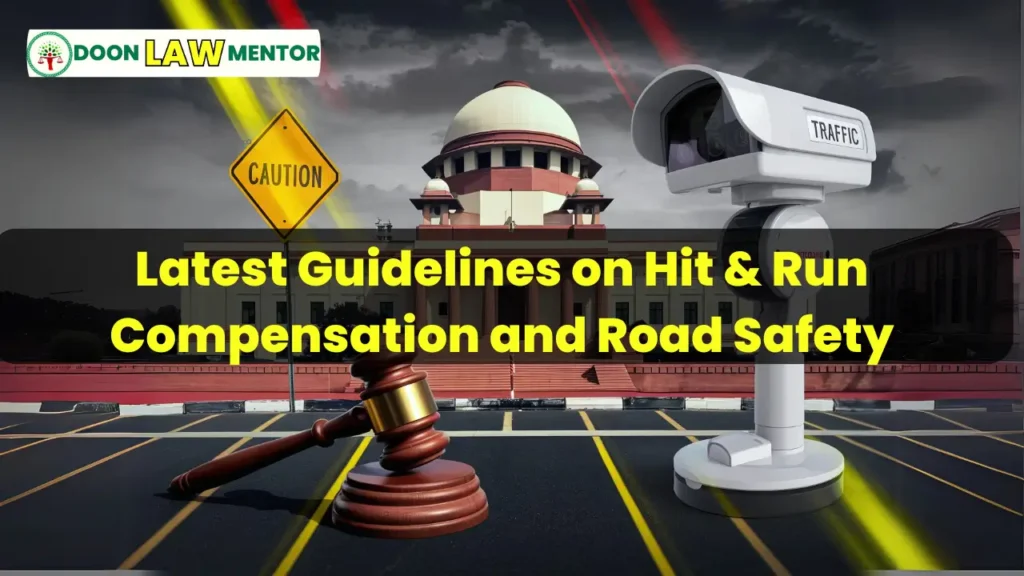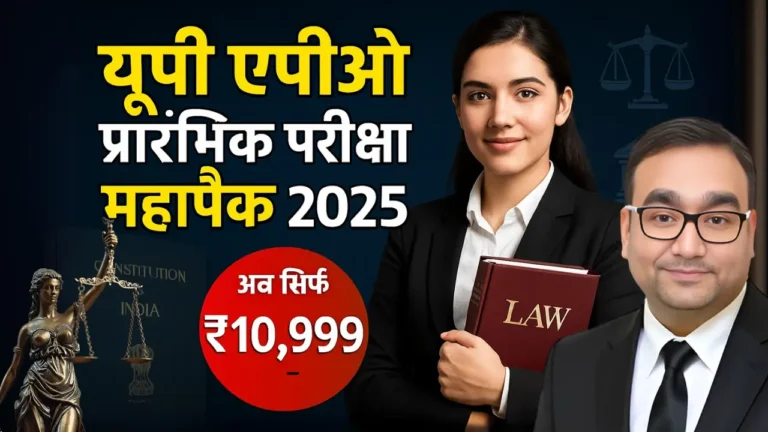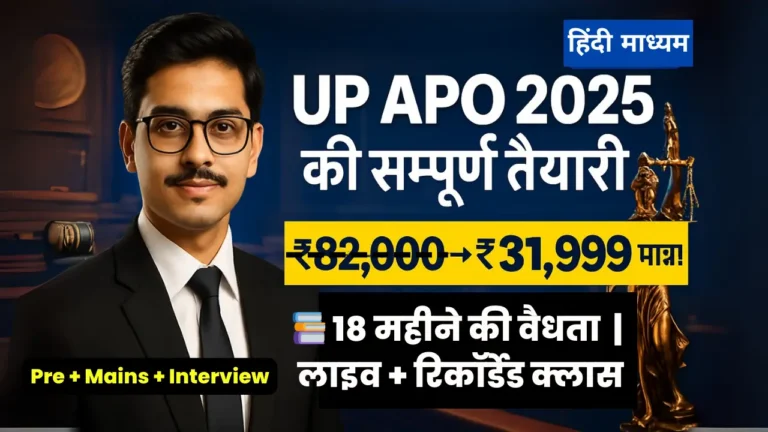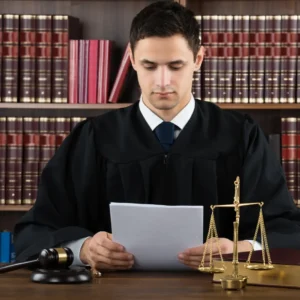Introduction to Supreme Court Guidelines on Road Safety:
Supreme Court Guidelines on Road Safety have introduced transformative measures to tackle the challenges posed by hit-and-run cases and improve traffic safety across India. This landmark judgment addresses gaps in victim compensation and highlights critical reforms for electronic monitoring and enforcement of traffic laws. Discover how these guidelines are reshaping India’s approach to road safety and accident accountability
Supreme Court of India has taken a momentous step in addressing the grave issues of road safety and the dismal state of compensation for hit-and-run victims. In the landmark case of S. Rajaseekaran v. Union of India and Others (2024 SC), the Court issued a series of comprehensive guidelines aimed at improving road safety measures and ensuring justice for victims of road accidents. These guidelines cover critical areas such as compensation for hit-and-run cases, the implementation of road safety measures, and the use of innovative technology for traffic enforcement.
Table of Contents
Addressing Hit-and-Run Cases: Enhancing Compensation Frameworks
Current Compensation Scheme
The Supreme Court took note of the inadequacies in the Compensation of Victims of Hit-and-Run Motor Accidents Scheme, 2022, implemented under Section 161 of the Motor Vehicles Act, 1988. The scheme provides:
- ₹2,00,000 compensation for deaths.
- ₹50,000 compensation for grievous injuries.
The Problem: Low Claim Rates
Despite the large number of hit-and-run accidents—67,387 cases reported in 2022—only 205 claims were made under the scheme during the financial year 2022–2023, with just 95 cases settled. This discrepancy highlighted a severe gap in awareness and accessibility for victims.
Supreme Court Guidelines for Improvement
- Notification to Victims:
- If the offending vehicle remains unidentified for one month, the police must notify victims or their legal representatives about their eligibility to claim compensation. Contact details of the jurisdictional Claims Enquiry Officer must also be shared.
- Collaboration with Claims Enquiry Officers:
- The First Accident Report (FAR) must be forwarded to the Claims Enquiry Officer within one month. If no claim application is filed within another month, the officer must inform the District Legal Services Authority (DLSA) to assist claimants.
- District Monitoring Committees:
- Committees at the district level will oversee the implementation of the scheme.
- Members include the Secretary of the DLSA, a Claims Enquiry Officer, and a Deputy Superintendent of Police.
- Relaxation of Limitation Period:
- The Court directed the Central Government to extend the limitation period for claims under the previous Solatium Scheme, allowing victims unaware of their rights to still apply.
- Revision of Compensation Amounts:
- Recognizing inflation, the Court recommended a gradual annual increase in compensation amounts for fatalities and injuries.
- Public Awareness Campaigns:
- The Standing Committee must launch campaigns to raise awareness about the scheme, ensuring victims and their families are informed about their rights.
Comprehensive Guidelines for Road Safety
To address systemic flaws in road safety and traffic management, the Supreme Court issued an expansive set of directives, encompassing policy formation, enforcement, and public education.
1. Formulation of Road Safety Policies
States and Union Territories (UTs) must implement comprehensive Road Safety Policies to:
- Reduce accidents and fatalities.
- Enhance coordination among stakeholders.
2. Establishment of Road Safety Councils
All States and UTs must establish State Road Safety Councils under Section 215 of the Motor Vehicles Act, 1988, with the responsibility to periodically review traffic laws and recommend remedial measures.
3. Creation of Road Safety Funds
States must establish dedicated Road Safety Funds, utilizing fines from traffic violations to finance safety initiatives, including infrastructure upgrades and public awareness programs.
4. District Road Safety Committees
Each district must form a District Road Safety Committee, led by the District Collector and comprising representatives from various sectors, including police, public works, health, and transport departments.
5. Engineering Improvements
The Court directed the Ministry of Road Transport and Highways (MoRTH) to:
- Publish protocols for identifying and rectifying accident-prone areas (black spots).
- Mandate Road Safety Audits for new road projects exceeding 5 km in length.
6. Traffic Calming Measures
The Court recommended implementing traffic calming measures in accident-prone areas to reduce speeds and improve pedestrian safety.
7. Emergency Medical Care
States must establish at least one trauma care center in every district, equipped with ambulances and trained personnel to provide immediate care to accident victims.
Technological Integration: Section 136A
Electronic Monitoring and Enforcement
Under Section 136A of the Motor Vehicles Act, 1988, the Court emphasized the importance of electronic monitoring for road safety enforcement. This includes:
- Speed cameras.
- CCTV systems.
- Speed guns.
- Body-worn cameras.
Court’s Directives:
- Implementation by States:
- States must immediately implement electronic monitoring systems in compliance with Rule 167A of the Central Motor Vehicles Rules.
- Issuance of Challans:
- Traffic violations captured on electronic devices must result in challans being issued promptly.
- Collaboration with MoRTH:
- The Ministry of Road Transport and Highways will assist states with technical guidance and data sharing to ensure effective enforcement.
Strengthening Road Safety Ecosystems
1. Education and Awareness
The Court underscored the need for:
- Road safety education to be incorporated into school curriculums.
- Public campaigns to promote responsible driving behavior.
2. Use of Advanced Safety Features
The MoRTH has mandated safety features for vehicles, including:
- Anti-lock Braking Systems (ABS).
- Airbags.
- Automated headlights-on systems for two-wheelers.
3. Data Collection and Analysis
States must enhance their systems for collecting and analyzing accident data to identify trends and address high-risk areas effectively.
4. Lane Driving and Traffic Discipline
The MoRTH’s Motor Vehicles (Driving) Regulations, 2017, must be strictly implemented to enforce lane discipline and reduce traffic congestion.
Supreme Court’s Vision for Safer Roads
1. Public Accountability
The guidelines place a strong emphasis on:
- Police accountability in notifying victims and processing claims.
- Administrative responsibility in implementing safety measures.
2. Multi-Stakeholder Collaboration
The judgment highlights the importance of cooperation between:
- Central and state governments.
- Local authorities.
- Civil society organizations.
3. Data-Driven Enforcement
The integration of electronic monitoring systems, as mandated under Section 136A, reflects the Court’s commitment to leveraging technology for effective traffic enforcement.
Conclusion
The Supreme Court’s judgment in S. Rajaseekaran v. Union of India and Others (2024 SC) is a monumental step toward transforming India’s road safety framework and addressing the challenges faced by hit-and-run victims. By providing clear directives and emphasizing accountability, the Court has laid the foundation for safer roads and a more just society. The onus now lies on governments, enforcement agencies, and civil society to ensure these guidelines are implemented effectively.
#RoadSafety #HitAndRunGuidelines #SupremeCourtJudgment #MotorVehicleAct #TrafficSafetyIndia #AccidentCompensation #RoadAccidentAwareness #SafeDrivingIndia #ElectronicMonitoring #LegalUpdatesIndia







